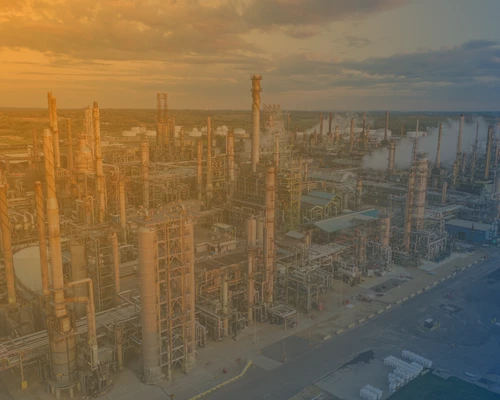
“Drill, baby, drill” may once have been a common refrain for supporters of the oil and gas industry. More recently, however, the industry seems to be focusing itself on “transform, baby, transform.”
The oil and gas industry is undergoing a historic transformation as government and regulators seek to reduce the climatic impact of fossil fuels, as the great crew “reshuffle” continues with young people entering the workforce and older ones retiring, and as an explosion of digital technologies offers new possibilities to enhance workflow and automate processes.
At Halliburton, which provides products and services to the energy industry, a digital transformation of its well engineering processes is underway.
“The industry went from just drilling vertical holes and then we reached a point in time then we introduced a lot of tools for directional wells and horizontal wells,” explains Dr. Robello Samuel, Chief Technical Adviser at Halliburton. “Now we are moving to the next phase of a connected system, a connected workforce, and an accelerated way of thinking.”
Dr. Samuel was presenting how Halliburton has been digitally transforming its approach to well engineering at Oil and Gas IQ’s recent Connected worker Summit in Houston. He explains that the industry is under pressure to do more with fewer people.
READ: Four Ways that Oil and Gas Companies Get Digital
That means moving from processes that have been cumbersome and heavily manual to more efficient, technology-enabled solutions.
Halliburton has turned to cloud solutions to support collaboration on the planning, design, monitoring, and control of wells from anywhere in the world. He says that information can be updated in real time and facilitate a two-way flow so that users can log in from anywhere.
Field workers on the rigs connect to remote operation centers through the platform. That has allowed them to reduce the number of people on their rigs and make existing processes for planning, design and monitoring more efficient, lowering well construction costs.
Individual engineers, he says, can oversee more wells than they could in the past.
The solution integrates AR/VR technologies so that engineers can monitor how well the drilling process is progressing and query items in real time. The system also automatically generates alerts and sends emails if there are any problems.
Data processing for the solution is done in the cloud, synchronized, and sent back to edge servers. It means that everyone collaborating on the project can connect via MS Teams, chat options and email options.
Dr. Samuel says that platforms like this demonstrate how advances in technology can be coupled with new ways of thinking and a new culture for work to drive the oil and gas industry for the future.
It all comes back to that “good old cycle of people, process and technology,” he says.
Interested in learning more about this topic?
Join over 200 industry leaders on November 15-17, 2022 in Chicago at The Connected Worker summit to learn how to build a connected workforce to improve resilience, agility and growth in a recovering economy.
Hear from leading organizations how to transform, close the digital skills gap, navigate supply chain disruption, and fuel innovation. Find out more here.


















